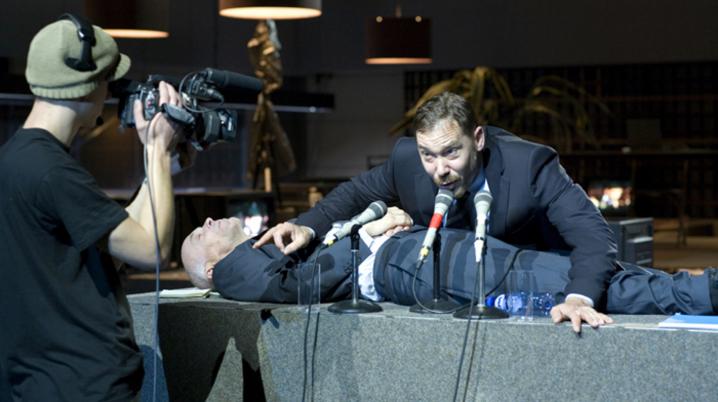
Amsterdam Sets Its Sights on Internationalisation
This week, Amsterdam presented the outlines of its Arts and Culture Memorandum for 2017-2020. In it, the city council explains what the ambitions of the municipal arts and cultural policy are and what the city will be investing in during the 2017-2020 period.
Besides priorities in the spheres of cultural education, talent development and local distribution, Amsterdam wants to strengthen and expand the city’s international cultural position by stimulating an international supply and more international collaboration, and by strengthening ties between international companies and professionals in the arts and culture sector.
A striking point is that the budget for the arts and culture is being increased by €7.6 million per year. Most of this amount is going to smaller institutes and talent development, such as the 3Package Deal programme, based on a collaborative effort between Bureau Broedplaatsen and the Amsterdam Fund for the Arts, which aims to bind top talents to the city. Through this programme, 10 international top talents from various art disciplines receive a living and work space for one year and a budget for their artistic development. A total of €86.1 million is available each year.
Amsterdam Basic Infrastructure
Seventeen institutes have been included in an Amsterdam Basic Infrastructure (A-Bis) subsidy scheme. Other institutes wishing to be taken into consideration for a four-year subsidy can submit an application to the Amsterdam Fund for the Arts (AFK). The institutes in the A-Bis category are expected to have a clear international ambition and strategy.
The institutes that the city council considers qualified for a position in the basic infrastructure scheme are: Amsterdam Museum, De Balie, Het Bimhuis, Het Concertgebouw, Foam, Frascati, Holland Festival, ICK, IDFA, Royal Concertgebouw Orchestra, Muziekgebouw aan ’t IJ, Dutch National Opera & Ballet, Paradiso, Stadsschouwburg Amsterdam, Stedelijk Museum Amsterdam, Toneelgroep Amsterdam and De Toneelmakerij.
The Rijksmuseum and the Eye Film Institute are not on the list. According to Councillor for Culture Ollongren, these institutes already have a well-established position in the National Cultural Basic Infrastructure, the State’s subsidy scheme.


